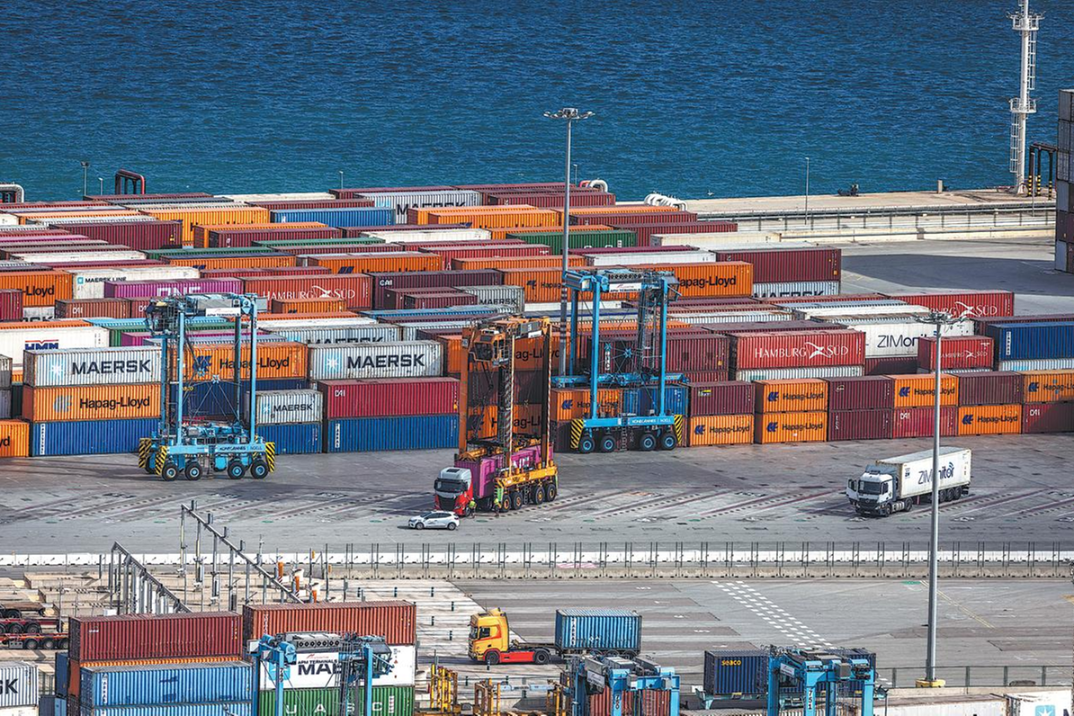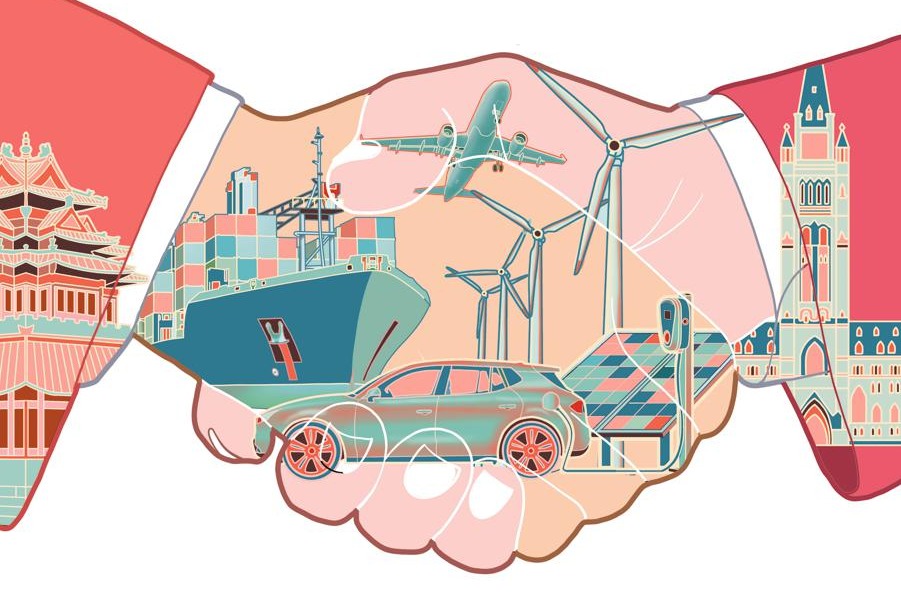BRI helps upgrade Bangladesh’s infrastructure


Padma Bridge in Bangladesh in August 2017. [Photo provided to China Daily]

China's Belt and Road Initiative is a game-changing initiative. It is the biggest initiative of its kind taken by any single nation in recorded of world history, and, if implemented properly, could change the geo-political landscape of Eurasia.
BRI was unveiled in 2013 by the Chinese government with an aim to connect the Eurasian landmass with the Chinese mainland. It is basically an initiative of several infrastructural mega-projects to revive the ancient Silk Road, comprising two trade routes and six trade corridors.
Bangladesh officially became part of BRI in 2016 after a visit by Chinese President Xi Jinping when the two countries signed several deals worth $21.5 billion.
China has already shown interest in developing a deep sea-port in Bangladesh under the 21st century maritime Silk Road initiative. Memoranda of Understanding (MOU) have also been signed with China to build several components of the Pyra deep sea-port.
Geographically, Bangladesh can be a connecting corridor between semi-industrialized ASEAN countries and the highly populated South Asia. It is strategically located between South Asia and South-East Asia which makes it an important player in trans-regional integration.
BRI is offering an opportunity for Bangladesh to integrate with the international market. Bangladesh must embrace reforms in economic and policy aspects in order to successfully achieve the objectives of OBOR.
By establishing this project in Bangladesh many Chinese companies have started business in Bangladesh, as a result so many Bangladeshi and Chinese people are getting jobs in those companies, especially the student who graduated from the Chinese universities, because the Chinese companies need Chinese speaking person in their company. This project is a blessing for the region.
Construction and infrastructure work on the China-backed Karnaphuli Multi-Channel Tunnel Project in southern Bangladesh is now well under way. The tunnel is seen as a key component in several projects related to the Belt and Road Initiative, the international infrastructure development and trade facilitation program run by Beijing. Once completed, the tunnel will connect the port city of Chittagong, second-biggest city of Bangladesh, to the far side of the Karnafhuli river, the site of a new Chinese economic zone.
Due to be completed in 2020, the tunnel will reduce the travel time between Chittagong and Cox's Bazar, one of the country's leading tourist area destinations, and ease the heavy congestion on the existing two bridges across the river, while also connecting-up with the Korean Export Processing Zone and Shah Amanat International Airport. It will also feed into two other projects that are currently under way – the Asian Highway and the Dhaka-Chittagong-Cox's Bazar Highway.
At present, it looks as if all of the required funding for the tunnel is now in place. According to government sources, $1.02 billion of initial backing was secured from the China Exim Bank, with a further $663 million facility – repayable over 20 years at an interest rate of 2 percent – subsequently confirmed. The outstanding balance was then provided by the Bangladesh government.
The project has been jointly managed by the Bangladesh Bridge Authority and the China Communication Construction Company, with the Hong Kong branch of Ove Arup & Partners providing additional design and technical support. With a total length of 9 km – of which 3.4 km will run below the river – it will be the first tunnel in Bangladesh to facilitate simultaneous road and rail transit.
The tunnel is just one of a range of China-backed projects currently underway in the country. Foremost among these is the Special Chinese Economic Zone – formally known as the Anwara 2 Economic Zone – which was officially established in June last year following the signing of a Memorandum of Understanding between the Bangladesh Economic Zones Authority (BEZA) and the China Harbour Engineering Company.
According to Paban Chowdhury, BEZA's executive chairman, the zone will have the capacity to house 150-200 industrial units and will focus on a range of different industrial sectors, including shipbuilding, pharmaceuticals, electronics, agro-business, IT, chemicals, power and textiles.
Overall, the strategic location of Bangladesh between South Asia and Southeast Asia also makes it an essential link in the Belt and Road mission of trans-regional integration.
Mohammed Dawood is a student of China Studies with CSC scholarship in Shangdong University.
The opinions expressed here are those of the writer and do not represent the views of China Daily and China Daily website.


































